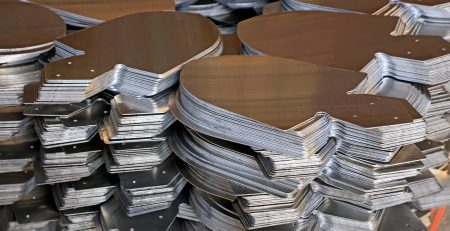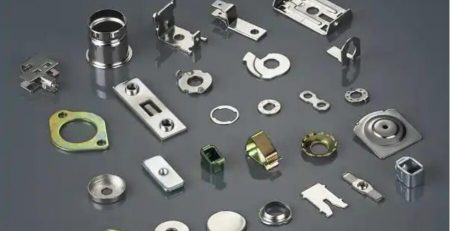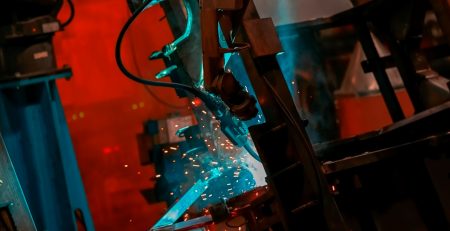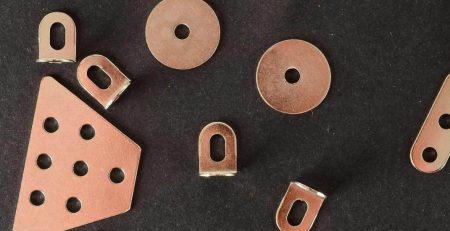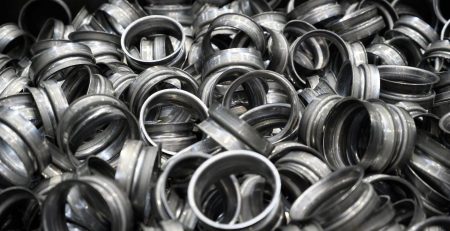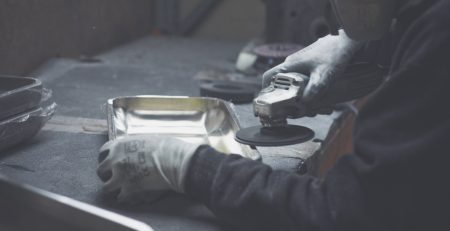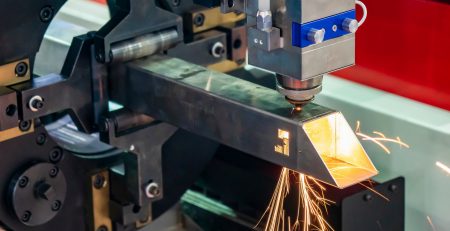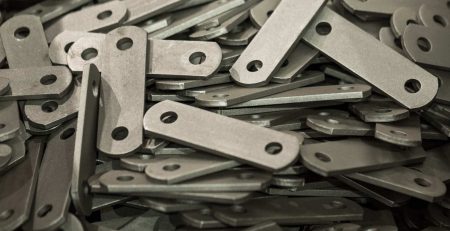Discussion on Metal Stamping Process
Nowadays, with the continuous improvement of science and mechanical technology, the requirements for the quality of stamping deep-drawing products become higher and higher, and the stamping deep-drawing process has also been well developed. In combination with the actual work, the sheet metal stamping deep drawing process is further studied.
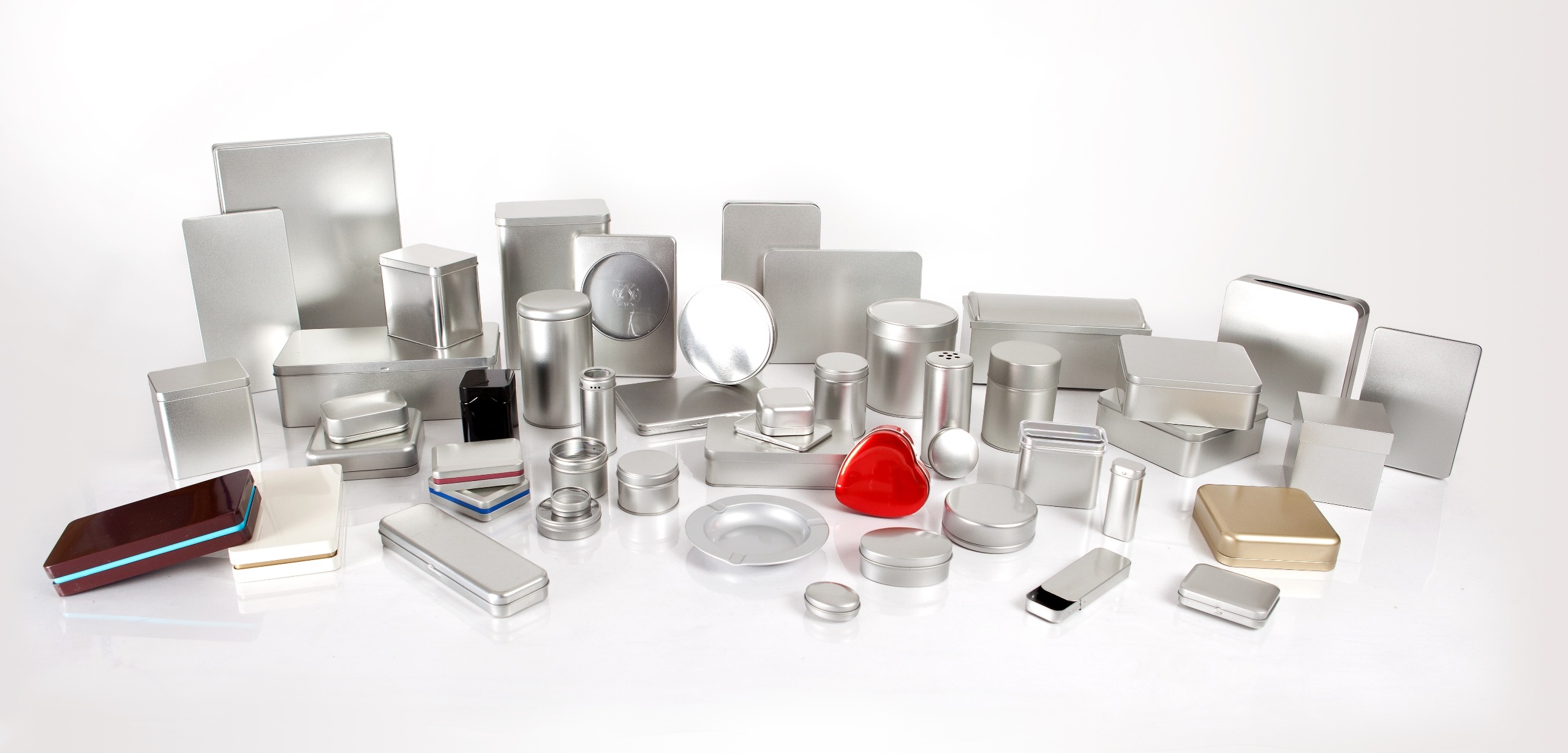
The production of stamping parts plays an important role in international industrial production. External force is exerted on plates, strips, pipes and profiles by means of punches and dies, and stamping deep-drawing process is a more common method in modern mechanical processing. Cold stamping with metal causes plastic deformation or separation, and deep drawing is used to produce the required shape and size. Compared with castings and forgings, stamping parts can punch out ribs, ribs and flanges which are difficult to process by other methods, and have the advantages of thin, uniform, light and strong.
1. Structure Introduction of Stamping Parts
Stamping parts are generally obtained by punching the required holes and profiles on the material (e.g. steel plate) with errors within general or enterprise-defined tolerances and holes and profiles are the elements of the stamping part. For the requirements of stamping parts, the holes on stamping parts can be divided into three categories: installation holes, positioning holes and process holes. Square holes are compatible with square standard parts, round holes and long holes are compatible with bolts and other standard parts. The holes with a standard round surface are round holes. There is no adjustment allowance when assembling the parts. The shape of the long holes is designed to consist of a square and two half circles, thus enabling the parts to be mounted on the body accurately and conveniently. Process holes include deliberate gaps left when fitting conveniently, gaps designed to shape and reduce the weight of stamped parts, gaps that have to be designed for formability, etc. They vary in size and are generally determined by purpose, shape and stamping process.

2. Material for metal stamping and drawing dies
Metal stamping products can be divided into three categories: container forming, plane forming, decorative parts with good overall shape as well as containers. The first type requires cold stamping and deep drawing of metal, and good tightness, leak-free, safety and reliability of the container must be ensured. The second type is less difficult to form and the die manufacturing process is simple. The third category has the function of decorating and beautifying products. Because the third type of product takes into account both functions of the first two types, it puts forward higher requirements for manufacturing. The third type of product is both container and decorative covering metal products. Beautiful curves and surfaces are widely used in exterior design, and the surface quality is required to be high. It can be said that 70% of die failures are caused by material defects and improper heat treatment, which are the main factors affecting die life. Therefore, the selection of die material and the heat treatment process are very important in the whole design and manufacture of the die. The working conditions of stamping dies are complicated and they have to bear the loads of impact, vibration, high pressure, deep drawing and bending and torsion. Since extrusion also causes higher operating temperatures, which makes the die prone to wear, fatigue, fracture and deformation, the die material should be better than that of common parts. The die for the production tank consists of a drawing die, a cold extrusion die and a cutting die. The drawing die material has good adhesion resistance, certain strength and toughness, good cutting performance, small heat treatment deformation and good dimensional stability. Cold extrusion dies require high strength, hardness and wear resistance. Because of the high temperature rise during extrusion, they should also have certain heat fatigue resistance and thermal hardness. Therefore, heat treatment is very demanding. It must be treated by specific heat treatment process to show good comprehensive performance and meet the production needs.

3. Discussion on Forming Process in Stamping Parts Manufacturing
Due to the advantages of high production efficiency, low production cost, simple operation and suitability for mass production, stamping is an important means of modern metal stamping processing with the rapid development of economy and product manufacturing industry in China, and has broad development prospects in China’s modernization construction. In today’s machining, stamping technology has accordingly entered a period of rapid development, cold stamping bending technology is widely used in industrial production.
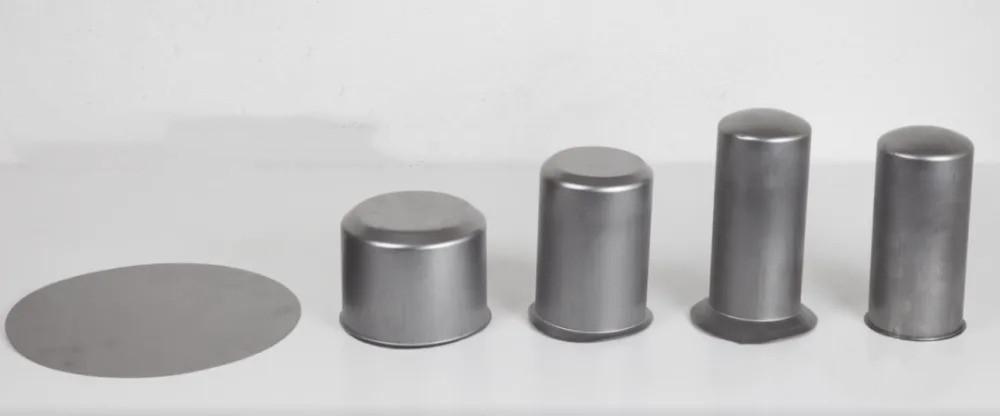
– 3.1. Problems to be Considered in Design of Stamping and Drawing Die
Unreasonable design of stamping and drawing die, small blank holder force in concave, too small or too large blank holder force will cause improper stamping If the blank holder force is too small, the metal flows slowly, and the metal is not easy to deform. If the blank holder force is too large, wrinkles will occur; The metal flow is uneven. The pressure side force at the flange is relatively large, the local curvature at the flange is reduced, the metal flows fast, the pressure side force is reduced, and the surface is shiny. The side wall stamping wrinkle defects generally appear at the side wall near the corner. If the die is not designed properly, it will break if it is more serious. There will be a cross network of metal near the round corner of the die with an angle of about 45 degrees to the drawing direction. Adjusting the blank holder force is the basic starting point to avoid improper stamping. To increase the blank holder force, you can adjust the blank holder force by adjusting the drawing force. The most basic way to accelerate metal flow is to reasonably grind the mold, reduce the material flow resistance, improve the punch fillet radius and transition surface angle, and relieve the stamping stress. This method only requires a small size change on the mold.
-3.2. Suitable lubricating oil
Lubrication has a very important influence on the deep drawing process. In the trial production process, a self prepared mixed oil is selected for lubrication. Improper selection of lubricating oil, especially the deep drawing with thinning tendency, will cause local cracks and wrinkles, which can not only improve the permeability of lubricating oil, but also accelerate the sliding between the stamping materials and the die through lubrication, reduce metal flow, and also ensure the surface quality of stamping parts to inhibit the thinning speed. Appropriate lubricating oil plays a vital role in ensuring product quality and preventing temperature rise.
-3.3. Control blank size
In the trial drawing stage, the drawing rate is too strict, and determining the blank shape and size is one of the important tasks. For this reason, it is necessary to remove all parts of the material blank that affect the product. The larger the blank is, the more conducive the shape is to speed change, and the possibility of cracking will increase. In order to guarantee the quality and limit it to the minimum size, the forming conditions will become better. The smaller the blank, the worse the forming conditions will be, so as to minimize the interference. It is necessary to minimize the blank, but also save raw materials. This basic work must be done well.
-3.4. Controlling safe deformation rate is the core of improving product quality
First, product qualification rate is an important factor to reduce costs. No matter what molding technology is used, the comprehensive cost should be considered first, followed by the operating skills of the staff. Since reducing the process can not only reduce the waste of materials, but also reduce the possibility of the workpiece surface being pulled, and also reduce the error caused by positioning and the oxidation phenomenon caused by multiple annealing, reducing the process as much as possible is a main direction of research on metal stamping and drawing. Second, improve the requirements for the roughness of mold making. Fully ensure that the metal has good fluidity in the cold stamping process, which is of positive significance to prevent the main defect of tension cracking. Improving the surface roughness requirements of punch and die can improve the metal fluidity. Although it will increase the cost, it is also necessary. Third, improve the precision requirements of mold making. Die manufacturing precision includes die processing precision, die gap control, die surface hardening treatment technology and die adaptation to metal elastic recovery. Metal stamping and deep drawing will compress the multi forming process into one forming, so the precision of die manufacturing will directly affect the product quality. In order to control the safe deformation rate and prevent the occurrence of strain and wrinkle, it will increase the cost of mold production, but this is very necessary. The product qualification rate is an important factor to reduce the cost and improve the mold manufacturing accuracy requirements. No matter what molding technology is used, the mold manufacturing precision includes the mold processing precision, and the cost should be considered first. The second is to consider the operation skills of workers. In order to control the safety deformation rate, the waste of processing materials can be reduced by reducing the working procedure. It can be said that the precision of the stamping die directly affects the product quality of the stamping parts, which has a direct impact on reducing the occurrence of the surface strain and wrinkle of the workpiece, avoiding the precision error caused by positioning and the oxidation caused by multiple annealing. Improving die precision will increase the cost of die manufacturing. Therefore, reducing the processing technology is a major aspect of metal stamping and deep drawing. At the same time, by improving the precision of mold making, we attach importance to the impact of mold precise positioning on product quality and stability. It is of positive significance to fully ensure the good flow of metal in the cold stamping process and carefully design the guide device of the die to prevent the main defect of tension cracking. Improving the surface roughness requirements of punch and die can be said to be an important factor to reduce die failures and avoid unstable product quality, which can improve metal fluidity. Although it will increase costs, it is also necessary.
4. Conclusion
To sum up, only by improving the stamping process, constantly maintaining and keeping the equipment regularly, reasonably selecting the materials of metal stamping and drawing dies, making them have sufficient precision and stiffness, controlling the blank size and safe deformation rate, and adopting correct operation and measurement methods, can the product quality be finally improved.

